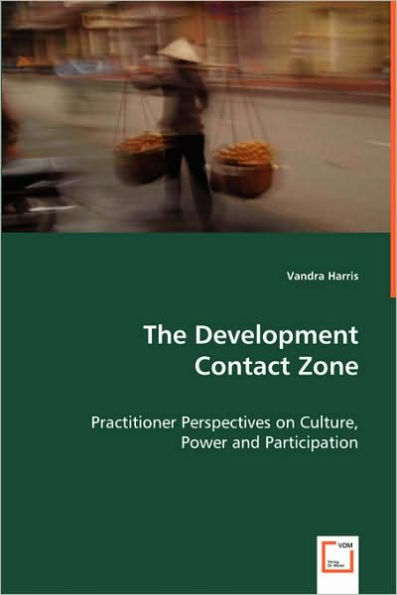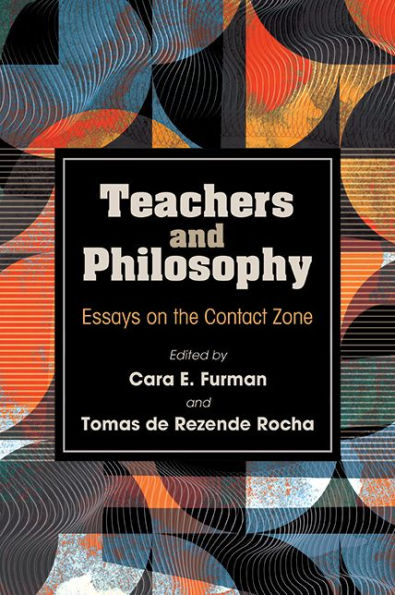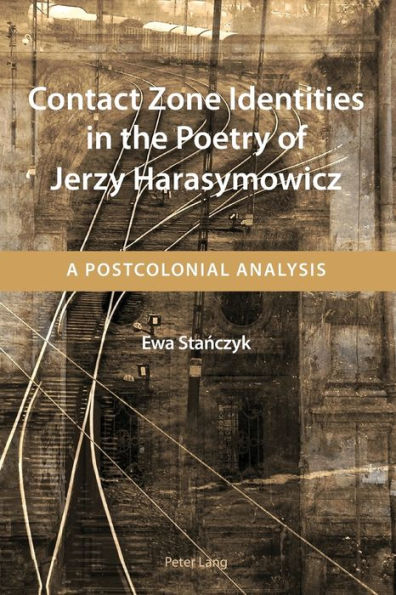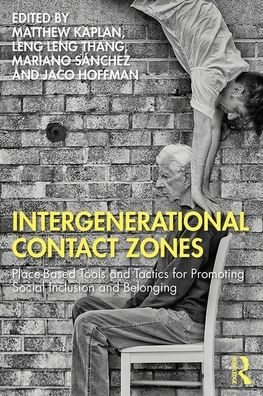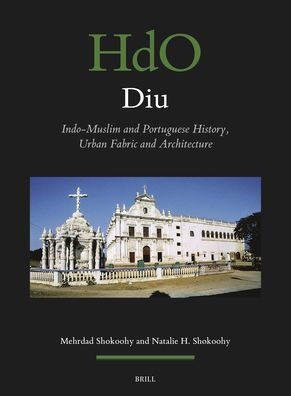Home
Architecture and Urbanism a Contact Zone: Histories of Difference, Migrancy Dwelling Kolkata
Barnes and Noble
Architecture and Urbanism a Contact Zone: Histories of Difference, Migrancy Dwelling Kolkata
Current price: $180.00
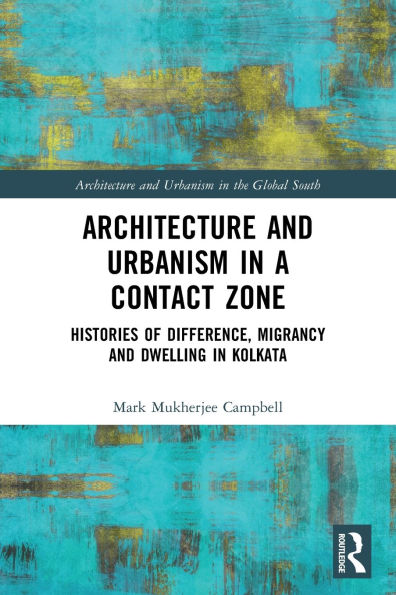

Barnes and Noble
Architecture and Urbanism a Contact Zone: Histories of Difference, Migrancy Dwelling Kolkata
Current price: $180.00
Size: Hardcover
Loading Inventory...
*Product information may vary - to confirm product availability, pricing, shipping and return information please contact Barnes and Noble
This book explores how histories of migration, cultural encounter and transculturation have shaped formations of urban space, domestic architecture and cultural modernity in Kolkata from the early colonial period to the beginning of the era of India’s economic liberalization. It charts how these themes were manifest in what was an important ‘contact zone’ in the history of globalization and the modern city.
Drawing on a wide range of resources and representations, from urban plans and architectural drawings to European travel journals and Bengali literature and cinema, the book investigates the history of Kolkata through an examination of key urban and architectural spaces across the colonial and postcolonial epochs. Through illustrated chapters, it sheds new light on questions of difference and segregation, cultural hybridity, migration, and entanglements of tradition and modernity in the city, analyzing spaces inhabited by a diverse range of cultures, including several neglected in previous studies.
Architecture and Urbanism in a Contact Zone
offers an instructive contribution to the fields of global architectural history and theory, urban studies and postcolonial cultural studies for scholars, researchers and students alike.
Drawing on a wide range of resources and representations, from urban plans and architectural drawings to European travel journals and Bengali literature and cinema, the book investigates the history of Kolkata through an examination of key urban and architectural spaces across the colonial and postcolonial epochs. Through illustrated chapters, it sheds new light on questions of difference and segregation, cultural hybridity, migration, and entanglements of tradition and modernity in the city, analyzing spaces inhabited by a diverse range of cultures, including several neglected in previous studies.
Architecture and Urbanism in a Contact Zone
offers an instructive contribution to the fields of global architectural history and theory, urban studies and postcolonial cultural studies for scholars, researchers and students alike.





